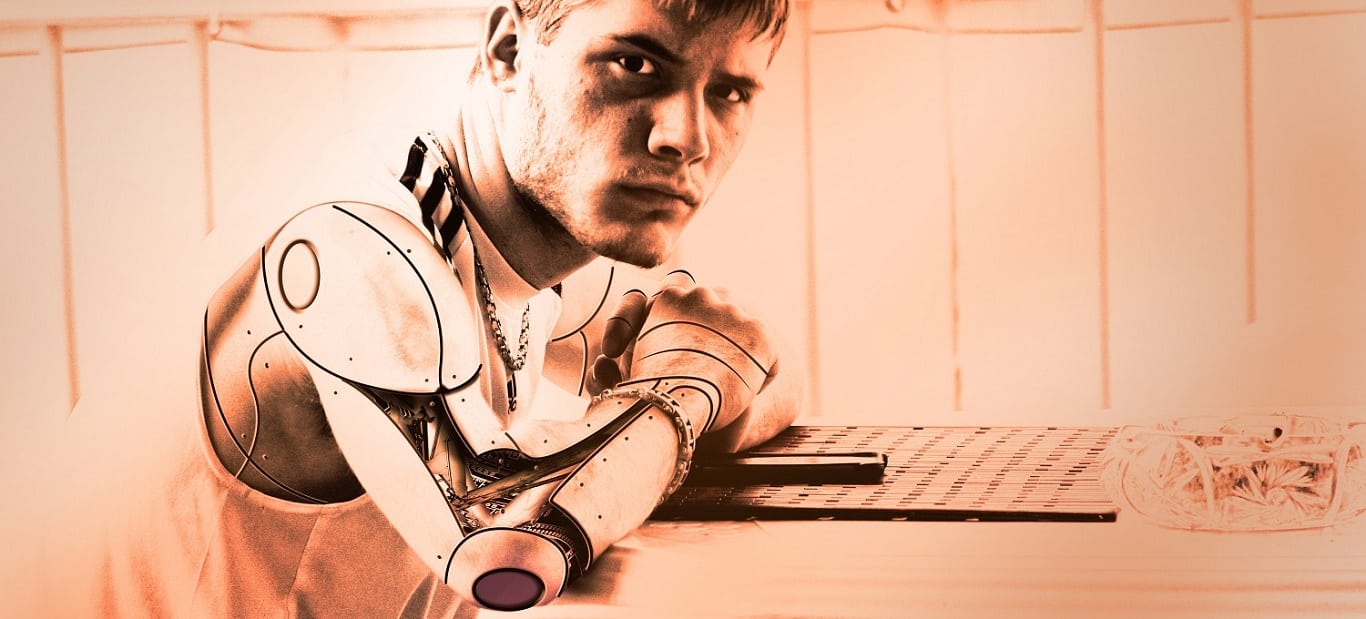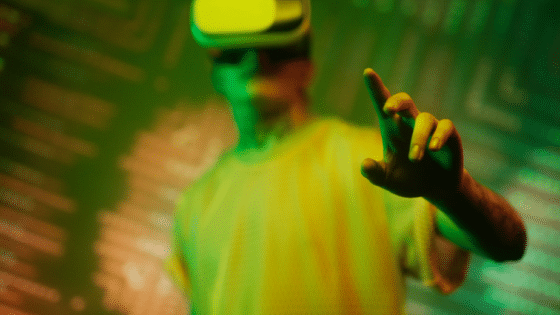Technology is continuing to encroach on our day- to- day lives. This pace is increasing and while there are many benefits to the way technology can enhance services, perhaps it is time to draw a breath and check on its impact to our wellbeing.
Public and private agencies are moving toward an end- to- end digital solution for as many of their services as possible. Financially and organisationally, this is a good thing. Increased automation and streamlined services will mean people will receive more consistent outcomes, driven by policy and rules. The result may not be to the person’s liking, but it will provide a constant level of service at a lower operating cost.
An example of this may be receiving an automatized speeding fine. If a traffic fine is generated from speeding past a roadside speed camera, the automated process is “Was the vehicle travelling above the posted speed limit?” If the answer is affirmative, a fine is generated using a purely rules-based. If the answer is negative, no fine is produced. Both are impersonal processes. This contrasts with speeding past a police car. The Officer will physically “pull you over” and have a subsequent conversation with the offending driver. This conversation at the side of the road often impacts whether you should get a speed ticket. In this situation, rules (the law) certainly play a part in this process, but human emotions, reasons, justifications and the participant’s ability to influence the decision, also come into play.
There seems to be some fear in transferring responsibilities and decision making to a computer, yet we do this every day now. Our credit card bill is a computer telling us we need to pay money to the bank. A digital ecosystem decides which taxi (or Uber!) to send to you. An algorithm lines up recommended songs on your Spotify playlist. A telephone queuing system routes us to the next available caller, sometimes prioritised based on your “customer value” to that company.
And yet, if our call is so important to them, why are we left waiting so long? This can be partly answered by the cost of employing people to respond to your call and the fact that you probably will wait on hold until to speak to a consultant, sometimes regardless of the time you will have to wait. While organisations are typically looking at decreasing costs, there remains significant costs in outsourcing services.
In a perfect society, there would be no “Wait Queues” to speak to a person. However, the cost associated with this ideal make this utopia highly unlikely.
The advance of chat-bots, both text-based and increasingly voice-based, will decrease the number of people needed in call centres, slashing costs and increasing service. Sometimes, people will not even know they are speaking with a computer- the personalised interaction will be so effective it will be mistaken for a real person. So, while your “Wait Queues” will decrease, you still may not end up speaking to a person.
The question remains that if a mature artificial intelligence and adaptive IT ecosystem can provide services, in what way does a human value-add into the process?
A way to reflect upon this question, and its possible answer, is to look toward one of the solutions Japan is using to address the Silver Tsunami. The use of companion robots for isolated elderly has been deemed to be a success in the Japanese environment. Powered by advanced AI systems, the study group of elderly people now have a droid to interact with. While the droid also does some menial tasks and can act as a telecommunications device, its primary role is as a companion. An interactive companion that, unlike a cat or dog, can engage in conversation.
Denmark continued to produce some innovative prehospital technological breakthroughs. This continues with the innovative Corti artificial intelligence system that can identify cardiac arrest from a 911 call 95 percent of the time. While the company says it is meant to augment, not supplant, human healthcare workers, the same thing was said how ATM cash machines would augment bank teller’s ability provide more personalised face- to- face customer service. As internet banking, cash machines and automatic financially transactions increase, the need to have a human in the bank continues to decrease.
It is a Band-Aid. An artificial solution to an emotive problem and with evidence to suggest that only 40% of residents in aged care facilities receive visitors, it is only that seems to be a great option. However, the elderly person knows they are speaking to an inanimate object, one that communicates based on established parameters and lacks experience or emotion. While the electronic companion helps the person manage their psychosocial isolation, it does not provide a remedy.
In designing our digital systems and processes, we must remember that we are dealing with humans. Sometimes these people are upset, experiencing extreme emotions and just need a human to say, “I understand” or “Let me help”. Our systems should be designed to ensure there is a way that a person can exit the digital system and speak with a person as an exception. And there will always be exceptions. An 85-year-old who has just lost her husband probably wants to speak with a person who can express honest empathy. A human who can assist heal her open emotional wound by providing an alternative way to navigate a system or simply understand- empathise- with what has happened.
I am not suggesting we need to increase the numbers of humans in service call centres. First, that is not what I am saying and, second, it certainly not going to be a reality. Governments and private organisations can save significant money by automating their systems. Many people want to use an end- to- end digital ecosystem that provides a fully automated, and intuitive, service accessible 24/7. However, underneath the automation and chat-bots, humans like to know humans are running the system and, if need be, can engage with a human.
In some locations, an automated speed camera fine can be appealed. In this situation, a representative will undertake a review of the traffic infringement and reflect upon the driver’s driving history and the situation. They will then use a process to decide whether the fine will be cancelled. As algorithms improve, and artificial intelligence continued to advance, it is foreseeable that technology will continue to replace humans in this process.
However, there will always be situations that the consumer will need or want to communicate to a person.
Because we are only human.
The ABCs of PR Crisis Management
Craig Hooper is a health management consultant who specialises in emergency and pre-hospital healthcare operations. He has over 25 years industry experience; strengthening health and ambulance services, healthcare systems improvement, organisational transformation and implementation of large-scale, innovative digital projects. You may follow him on LinkedIn and his personal website.




















Pingback: The Next Rembrandt: Artificial Intelligence Enriches Human Creativity - Marketing in Asia